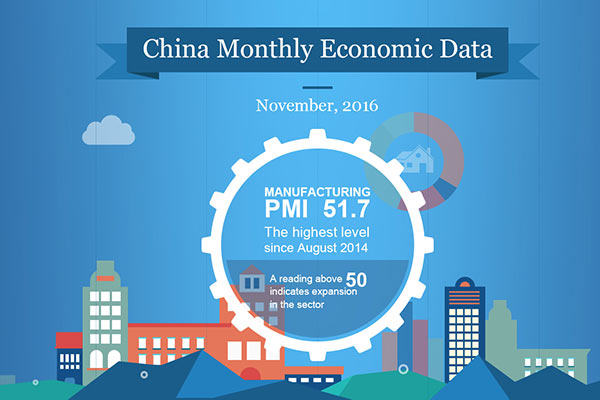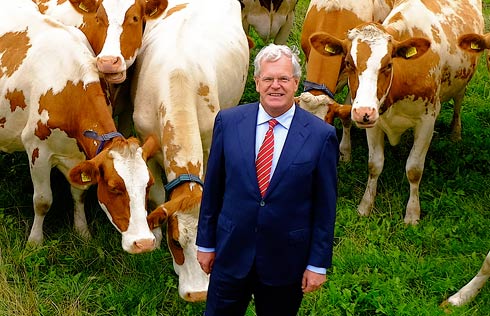Full text: Report on China's central, local budgets
II. Draft Central and Local Budgets for 2013
1. General Requirements for Public Finance Work and Budget Compilation
In the course of public finance work and compiling budgets in 2013, we need to comprehensively implement the guiding principles of the Eighteenth National Congress of the Party; follow the guidance of Deng Xiaoping Theory, the important thought of Three Represents, and the Scientific Outlook on Development; take developing scientifically as the underlying guideline and accelerating a change in China's growth model as the major task; and adhere to the general principle of making progress while maintaining stability in all aspects of our work. We also need to continue following a proactive fiscal policy, deepen reform of the fiscal and tax systems, press ahead with adjusting the distribution of national income, adhere to a holistic approach, further improve the structure of government spending, maintain and improve quality of life, economize in every area, strictly limit regular expenditure, manage public finances more scientifically and strictly in accordance with the law, use government funds more efficiently, and promote steady and sound economic development and social harmony and stability.
2. Priorities of the Proactive Fiscal Policy
First is to increase the fiscal deficit and government debt by appropriate amounts to maintain necessary spending intensity. The lag effect of past structural tax cuts will make it hard for government revenue to grow fast this year and funds available from the central budget stabilization fund will be modest. At the same time, however, increases in fixed government expenditures, especially spending on improving quality of life and continuing to support economic growth and structural adjustments, will require the fiscal deficit to expand by an appropriate amount and a corresponding increase in central and local government bonds issued.
Second is to continue to reform the tax system and improve the structural tax cut policy to promote economic structural adjustments. We will continue to extend the scope of the pilot project on replacing business tax with VAT, push ahead the development of modern service industries and industrial structural upgrading, and further lighten the burden on enterprises. We will identify and rescind unreasonable and unlawful charges and lower exorbitant fees. We will also cut import tariffs on some energy and resource products, key spare parts and components, and raw materials.
Third is to further improve the structure of government spending to maintain and improve quality of life. We will continue to give priority to key areas of spending and work energetically but within our means. We will increase spending on education, public health, social security, and other areas related to people's lives; lend our support to developing agriculture, water conservancy, and national defense; promote the rapid development of old revolutionary base areas, ethnic minority areas, border areas, and poor areas; and advance urbanization and the integrated development of urban and rural areas. We will stringently limit regular expenditure, economize on administrative overheads wherever possible, observe strict financial and economic discipline, and oppose extravagance and waste. We will strengthen performance-based management of government spending and use funds more efficiently.
Fourth is to push forward a shift in China's growth model to raise the quality and performance of economic growth. We will provide funds to ensure the smooth implementation of major national science and technology projects, support basic research and research on cutting-edge technologies, and encourage technological innovation by enterprises. We will support development of strategic emerging industries and modern service industries. We will promote ecological progress, energy conservation, and emissions reductions; help speed up the development of new, renewable, and clean energy sources and of a circular economy; support strengthening ecological conservation in key areas and consolidating progress in returning cultivated land to forests; and improve the forestry subsidy policy and the policy on providing compensation for conserving forest ecology.

















